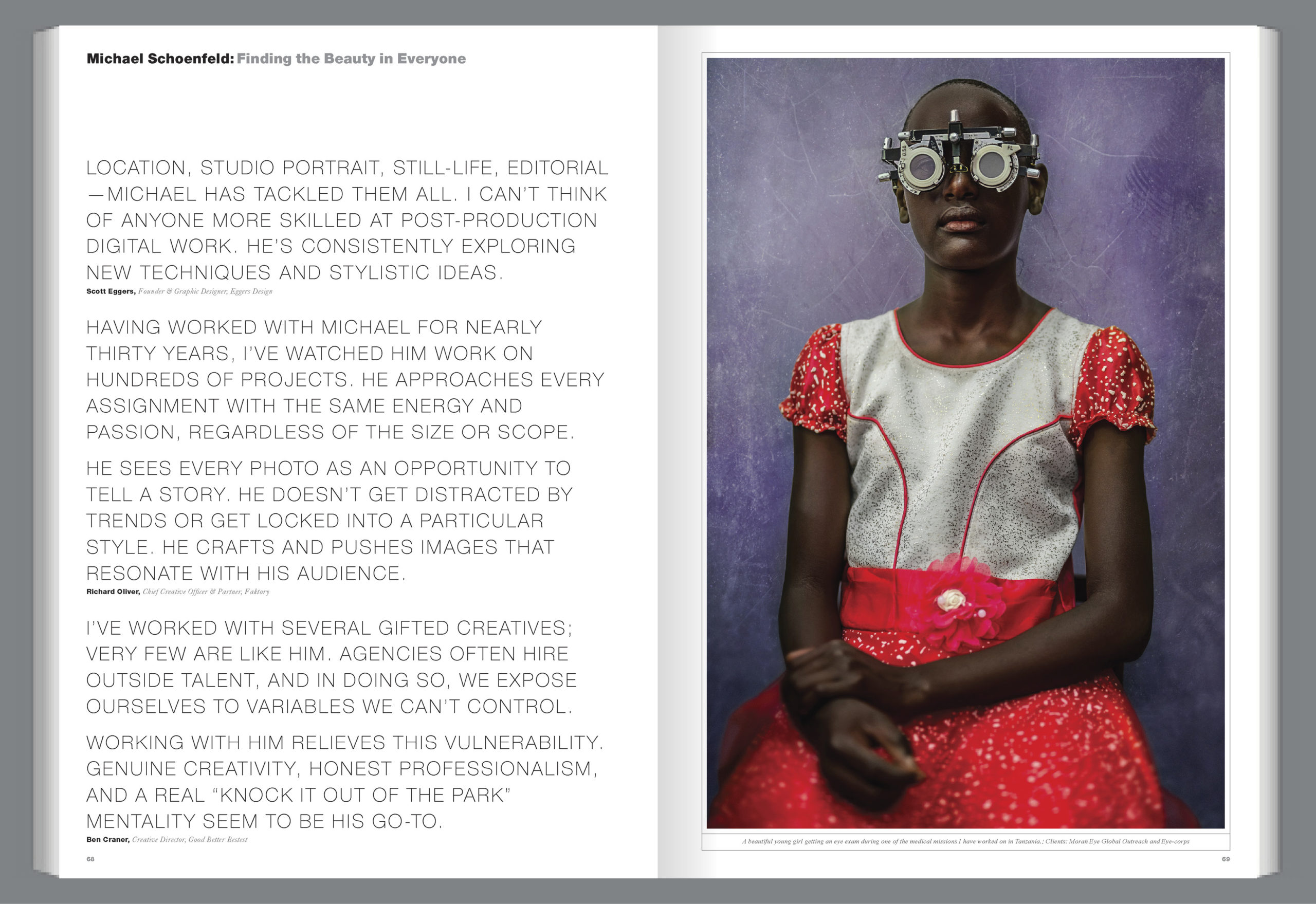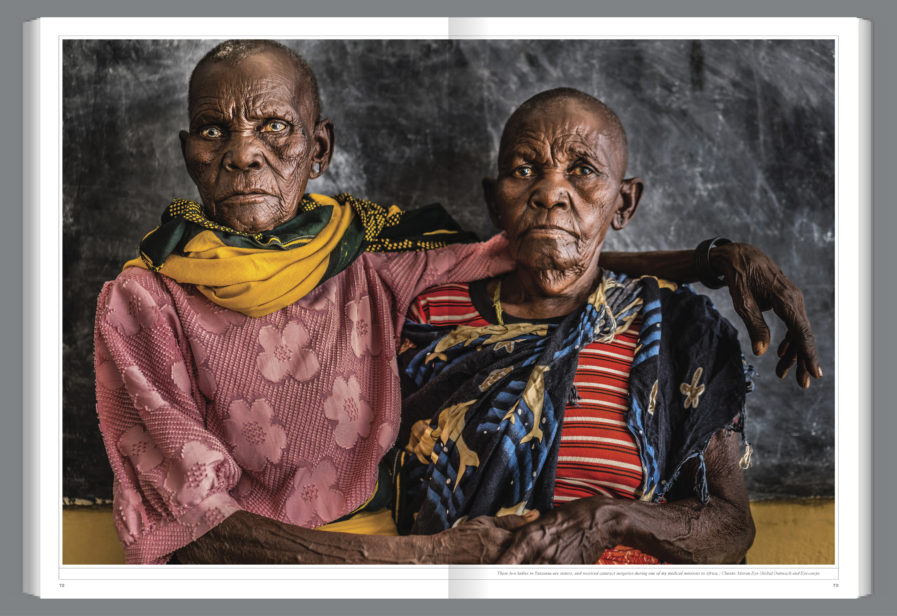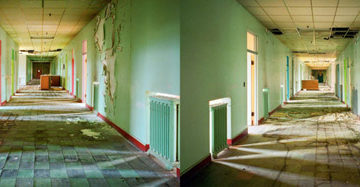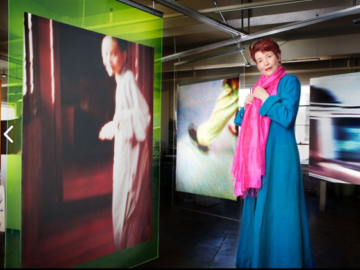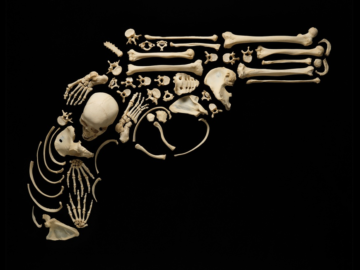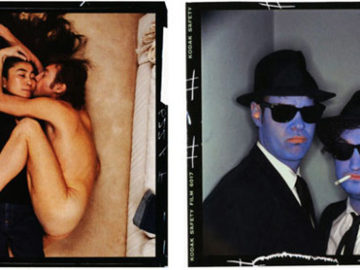Photographer Michael Schoenfeld considers himself a lucky man, making a life out of his greatest passion. Originally an aspiring musician, Schoenfeld decided he wanted a more grounded life after spending a little over a year on the road non-stop. When he attended university, he met his mentor John Shupe, the campus photographer who was a sociology graduate and instilled passion and dedication into Schoenfeld’s work. After much hard work, Schoenfeld opened his own studio. Other than Best of Show at the Utah State Fair, he has also won awards from PDN, APA, New York Art Director’s Club, One Eyeland, and, of course, Graphis.
Much of Schoenfeld’s work involves education, healthcare, and humanitarian subjects, one of which being “Moran Eye Center, Global Outreach” (above). He traveled to Tanzania to document the work of the Moran Eye Center’s global outreach there as they provide cataract eye surgery for no cost to third world countries around the globe. He took many portraits during his time there, including one of these sisters. Three other portraits were featured from this particular trip along with many other of Schoenfeld’s pieces to show the diversity within his work.
